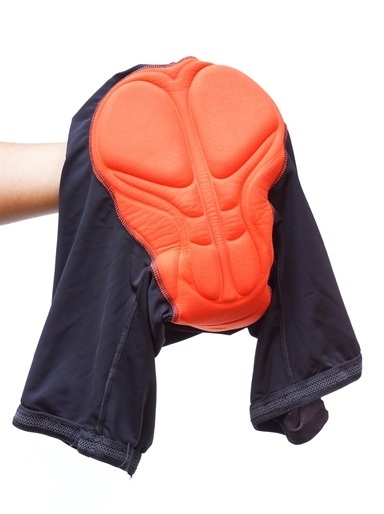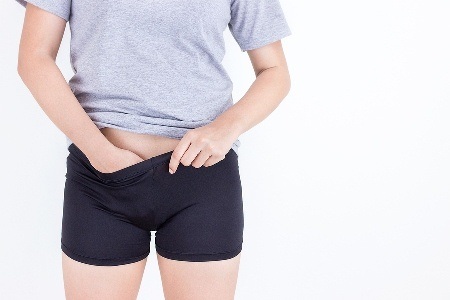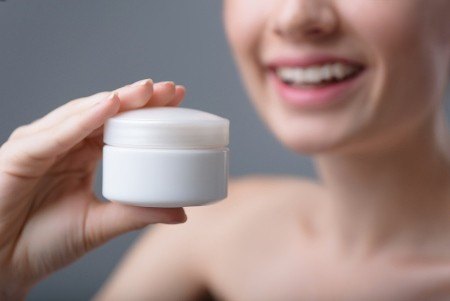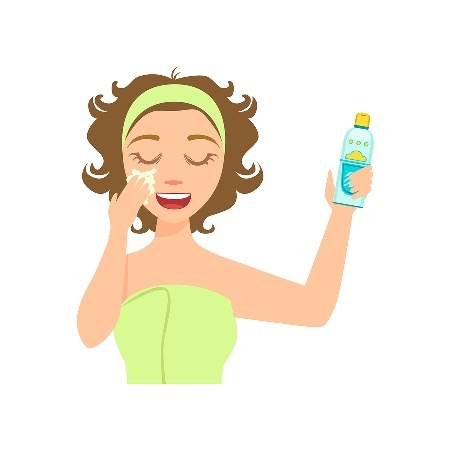- You are here:
- Home »
- Blog »
- Blog
- » How To Apply Chamois Cream – 7 Helpful Tips

How To Apply Chamois Cream – 7 Helpful Tips
If you are a frequent cyclist or take longer rides, Chamois cream is a necessary part of your shopping. You have noticed that constant chafing sometimes gives you saddle sores which leave you disgustingly irritated down.
Chamois cream is a slimy substance that acts as anti-bacteria that helps get rid of friction between your skin and clothes as you cycle. It avoids the build-up of bacteria that can cause an infection that may lead you to seek medical attention. How to apply chamois cream is a question that many ask.
1. Select the Chamois Cream of Your Choice

There is quite a variety to choose from. These chamois cream have different ingredients, but they all keep bacteria and fungi away from your skin.
Check here to see some examples of chamois creams in the market.
2. Decide Whether To Apply The Cream On Your Skin Or Pad

After you purchase a chamois cream, the choice on whether to use the cream on your bare skin or the cycling pads is a personal decision.
There is no wrong way to do it. However, to some people applying it on the skin can feel weird since it may feel dampen the shorts. It all depends on how comfortable you will be in whichever choice you make since the protective solution on both methods is the same.
3. Identify The Most Sensitive Spots

The main aim of chamois cream is to act as a lubricant and reduce the friction that occurs due to chaffing. Due to your cycling routine, you will find that you have some areas that become sore due to the friction.
In most cases it’s is usually the nether regions especially the crotch, sit bones, and the inner thighs. Get to know and identify those key hot spot areas that you get burning feeling and concentrate on them.
4. Apply The Cream Generously

Chamois cream come in different type and are made of different ingredients. These creams are, however, very effective in making a comfortable ride for you. It is easily rubbed on the skin like a lotion. Once you have the cream, apply a generous amount of it on either directly on the hotspot areas or on the short’s pad.
You can only go wrong if you use too little. Nevertheless, you don’t need to overdo it. You can either warm it up with your hands or rub it evenly on the pad. If you are using the cream for the first time, it can feel squishy and awkward but the result in reducing these inflammations is incredible.
5. Be Careful On The Body Parts

This part is, particularly for lady cyclers. When you apply some of these creams, be cautious not to touch the lady parts.
These parts can be very sensitive, and the results can be a distracting tingling sensation which may be quite unpleasant and uncomfortable for you. You should also avoid eye contact when you are using the cream.
6. Clean Off The Cream
Immediately after you apply the cream with your hands, ensure you wash your hands generously before you touch your bicycle. You can use water or wet wipes to ensure you are clean enough.

Your hands are contaminated when you use the cream, ensure not to touch foodstuff especially or rubbing off the remains of the cream on your legs.
After you ride, it is also good that you take a shower or clean off the cream properly from your body and allow it to breathe. If you are in no position to take a shower immediately after cycling, ensure you remove the bike short.
Clean the shorts well with soaps. This is because the cream is quickly absorbed in the shorts and failure to wash well can cause the bacteria and fungi to build up over time.
7. Other Tips
- You should apply the cream before cycling because it is meant to prevent the friction from occurring in the first place and not cure it.
- You should not put on underwear with a bike short
- Do not share tubs of cream or the cycling shorts with anyone
- Always ensure that you follow cycling safety measure to avoid other problems that may result from bad cycling habits hence allowing you to stay healthy as you go about your best sports.
Nothing can work better for you than doing what love most in the most comfortable way. I highly recommend a chamois cream to any cyclist and those in particular who ride for long. Prevention is always better than cure.
This cream acts as anti-bacteria, it moisturizes your skin and also as an anti-inflammatory agent. You should not wait until you are sore in your nether parts to seek a cure.
8. What Is It Made Of Anyway?
Chamois cream is made from different recipes. A number of ingredients can be used in its making. Let’s learn about some ingredients that are used in the cream.
Pure Shea Butter:
Obtained from the nuts of the shea tree, it is thick and creamy. It alone can make a very good chamois cream. It is a popular ingredient that’s why is very easy to find.
Pure Cocoa Butter
Obtained from cocoa beans, cocoa butter is very popular among chamois cream ingredients. Various companies use it in many hand and body lotions. Shea butter and cocoa butter are interchangeable ingredients in the cream. People who love chocolate smell might opt for it.
Coconut Oil
Obtained from the flesh of the coconut, it is great for your skin. It mixes perfectly well with pure shea butter and pure cocoa butter. Sunflower seed oil, hemp seed oil and jojoba oil are also used in the cream but coconut oil is less expensive than the other three.
Lanolin
Obtained from lamb’s wool, lanolin is a natural substance. It protects the sheep’s skin and wool from the harsh environment. It is also waterproof. It helps protect your skin from saddle sore.
Silicone
It is an anti-chafing lube that prevents friction. Due to its waterproof quality sweat doesn’t wash it away easily.
Hamamelis Virginiana
Also called witch hazel, it is an anti-septic with soothing properties. Basically it is an ornamental shrub. Its bark and leaves are used to make astringent lotion. It fights bacteria and relieves you of skin irritation.
Tea Tree Oil
Also known as Melaeuca oil, tea tree oil is used as antibacterial and antifungal.
Peppermint Oil
It is a cross between water-mint and spearmint. It contains menthol that is good for your skin and also gives you a cooling effect. Menthol is a topical analgesic. It relieves minor pains and aches.
Eucalyptus Oil
It can be used for saddle sores and infections.
Glycine Soya
This can be used as replacement with mineral oil. It helps skin retain moisture and also restores barrier functions.
Lavendar Essential Oil
It heals the skin.
Callendilla Wax
This wax is used in the cream as a vegetarian alternative to emulsifying wax.
Did you enjoy the list? Share it with your friends to know how to apply the chamois cream. You can also give your comments and let us know your views.
About the Author Nick Soros
Hi, I'm Nick Soros. I have been an cycling enthusiast from 2006. Ezroadbike.com is my personal blog where I share my pedaling experience. No matter you are a new cyclist or skillful one, you would find useful topics in my site. Have a great cycling...
